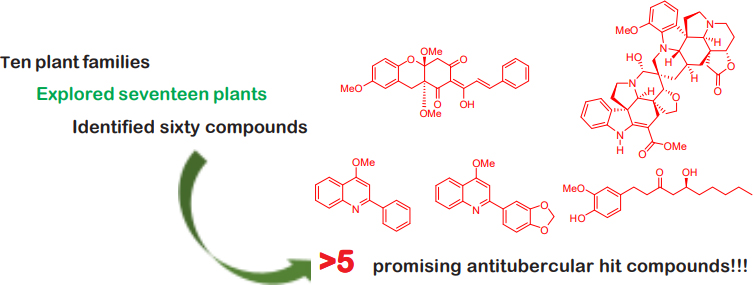
VOLUME 63 : 2015
VOLUME 63 : 2015
ACTA MANILANA publishes research and innovation in the different branches of the natural and applied sciences. It reports significant development in the discipline, and novel applications, unconfined by the traditional coverage of the disciplines.
Phytoplankton community structure of Lake Paoay and Lake Mohicap with notes on the first record of Ceratium (Dinophyta) in Lake Paoay
Page 51–60
Kelsey Anne P. Sambitan, Rey Donne S. Papa, & Susana F. Baldia
ARTICLE DOI: https://doi.org/10.53603/actamanil.63.2015.dmog3901

Graphical Abstract
Abstract
Phytoplankton are known to be biological indicators of changes in freshwater ecosystems. Hence, a study on the phytoplankton community structure revolving in their abundance and species composition which were then correlated with the abiotic factors was conducted in Lake Paoay and Lake Mohicap — two Philippine lakes that are of contrasting limnological characteristics and geological origins. An updated phytoplankton taxonomy of the two lakes resulted to a total of 42 genera of phytoplankton for Lake Paoay and 49 genera for Lake Mohicap wherein 17 genera are new records. Twelve genera were new records for Lake Paoay including the dinoflagellate Ceratium which were in bloom during the cold dry season January 2014 and had the highest density of 4.78×105 cells mL–1. This occurrence was then followed by a cyanobacterial bloom of Anabaena during the month of February with a density of 1.46×106 cells mL–1. Unusual blooms of Dinophyta and Cyanophyta might be attributed to the increase in the nutrient content which indicates that Lake Paoay is already undergoing eutrophication. On the other hand, the blue green algae Chroococcus dominated Lake Mohicap with the highest density in December and occurrences of dinoflagellates Glenodinium and Peridinium were noted. Based on the results of the study, it is evident that Lake Paoay and Lake Mohicap, in spite of obvious differences in location, lake origin and physical characteristics are undergoing similar conditions that result to phytoplankton blooms indicating increased nutrient levels that may be attributed to human-mediated increases in nutrient inputs, such as aquaculture and increased inputs of domestic wastes.
Keywords: phytoplankton community, Lake Paoay, Lake Mohicap, Ceratium, eutrophication, dinoflagellates
FOLLOW US
-
Research Center for the Natural and Applied Sciences
Thomas Aquinas Research Complex Building
University of Santo Tomas España, 1015 Manila, Philippines -
TL: (+63 2) 3406-1611 local 4037
DL: (+63 2) 8731-4031 - actamanilana@ust.edu.ph

© 2021 University of Santo Tomas, Acta Manilana. All rights reserved
Powered by: Communications Bureau